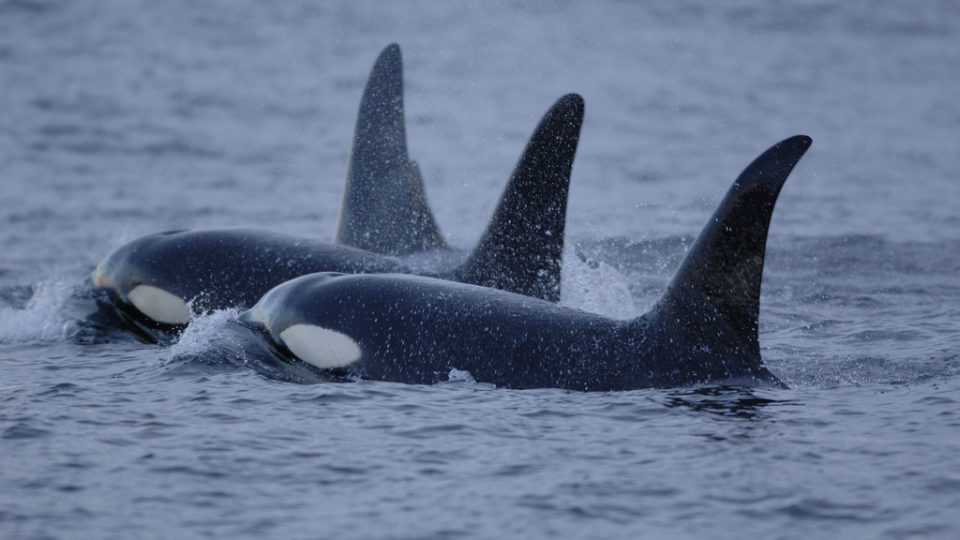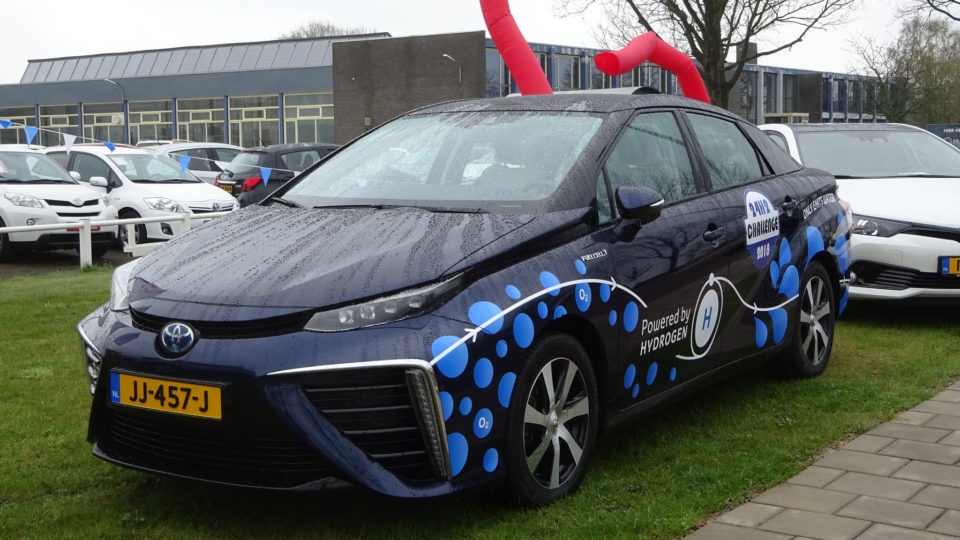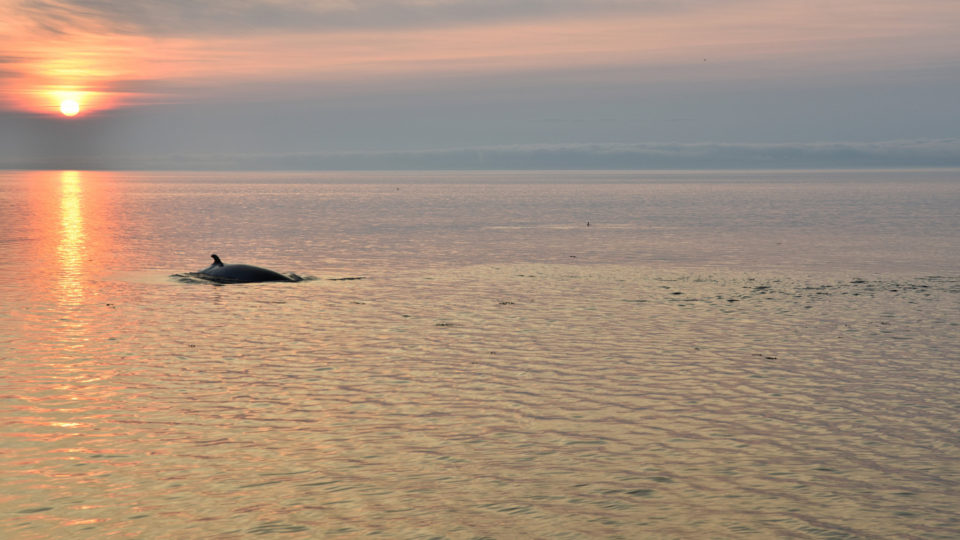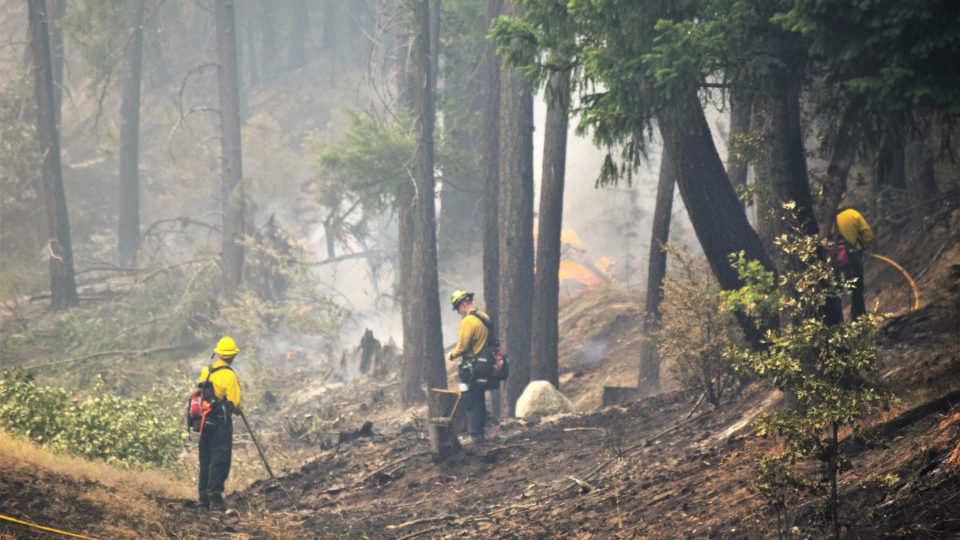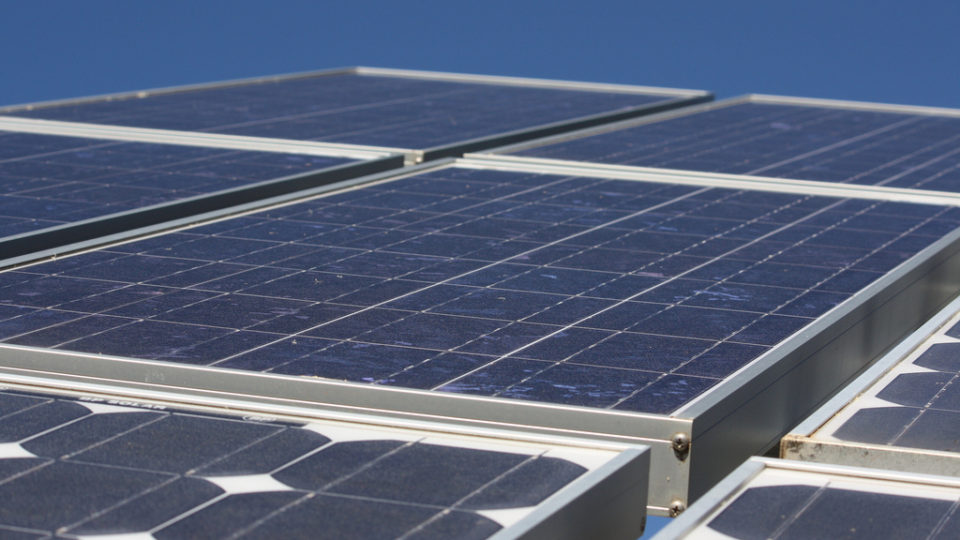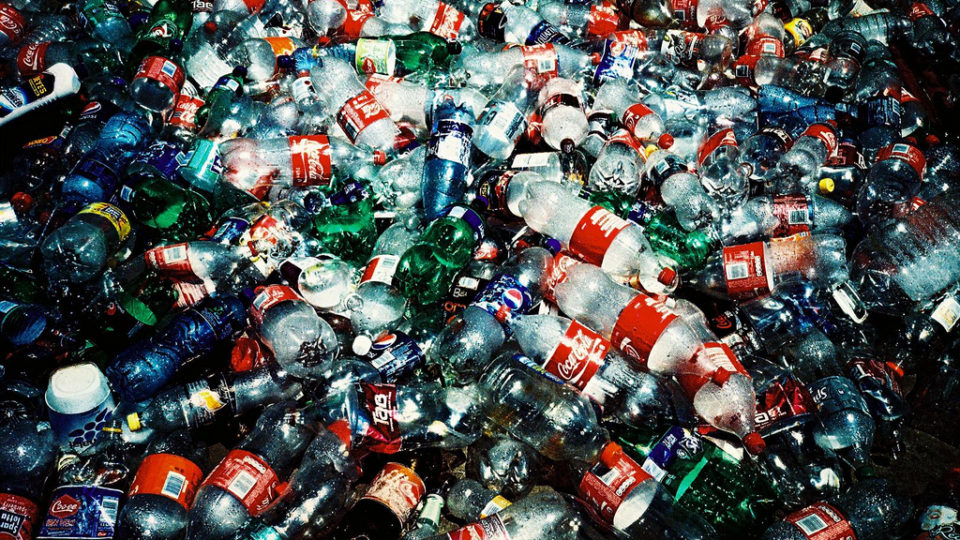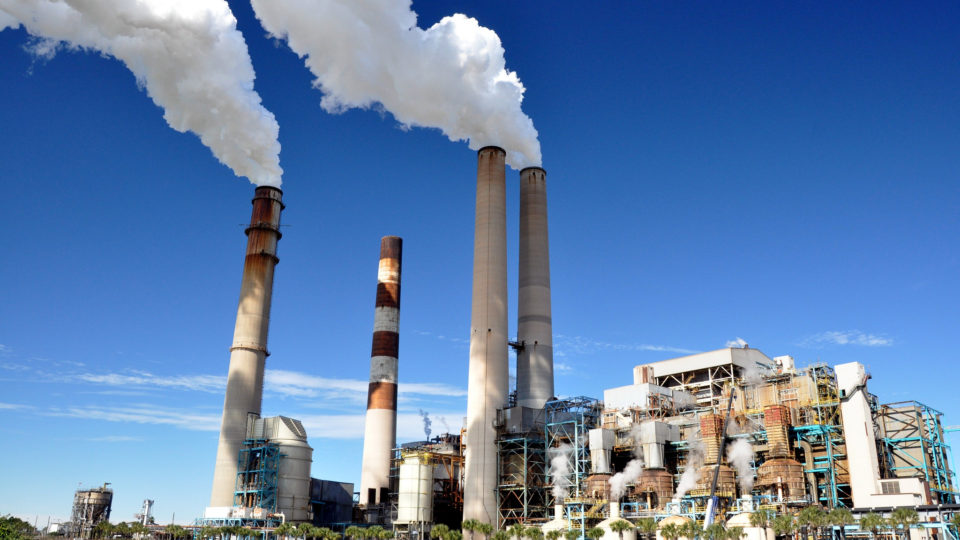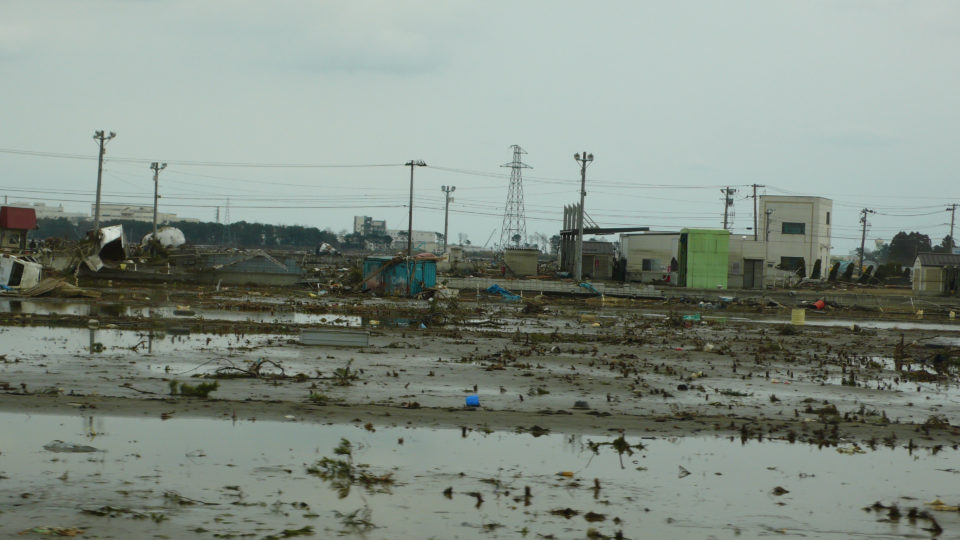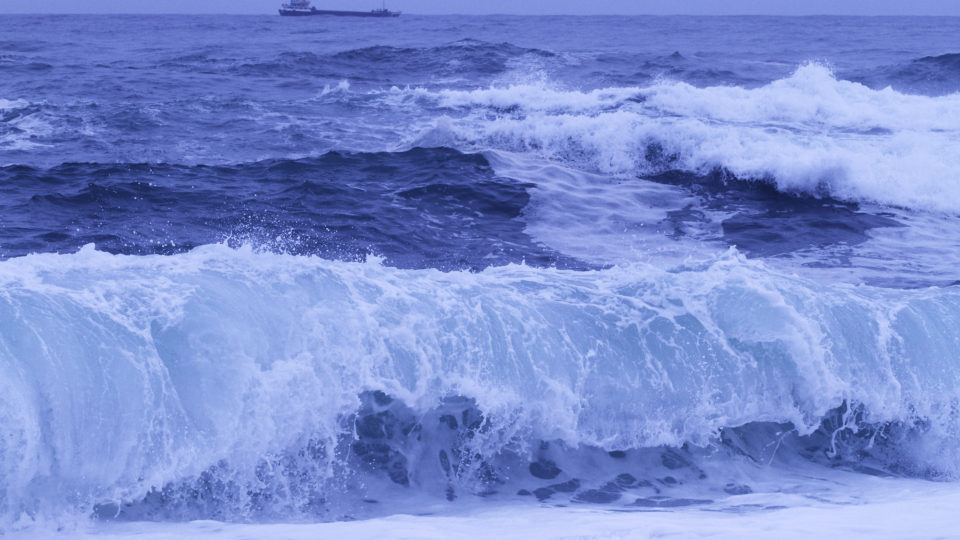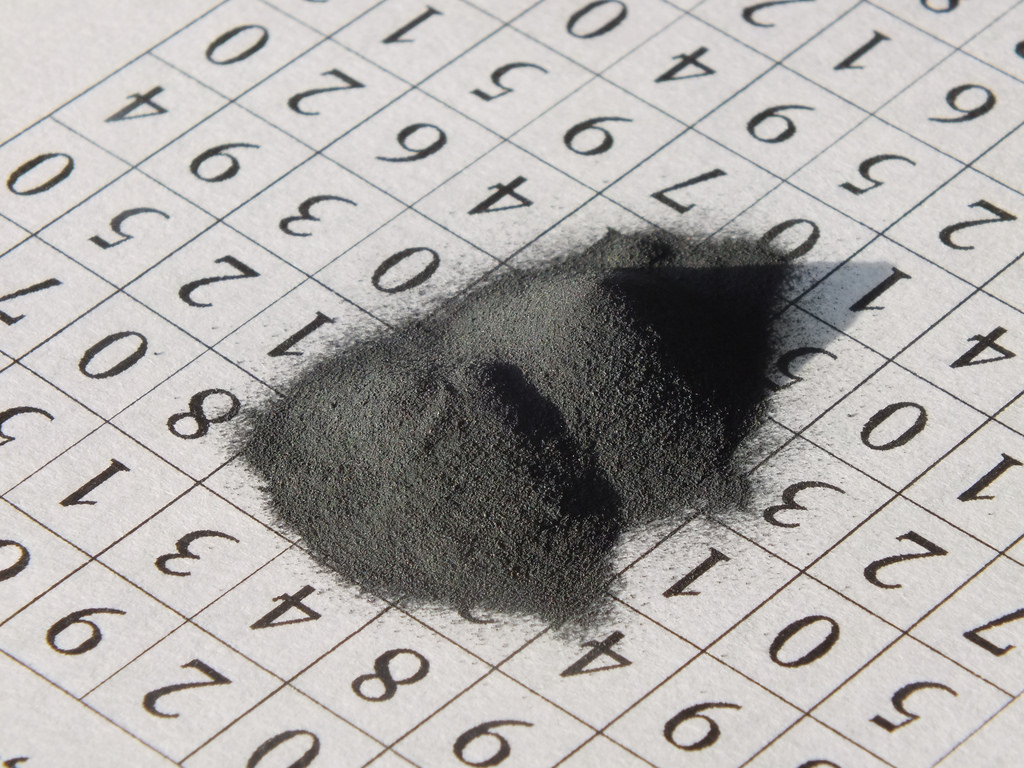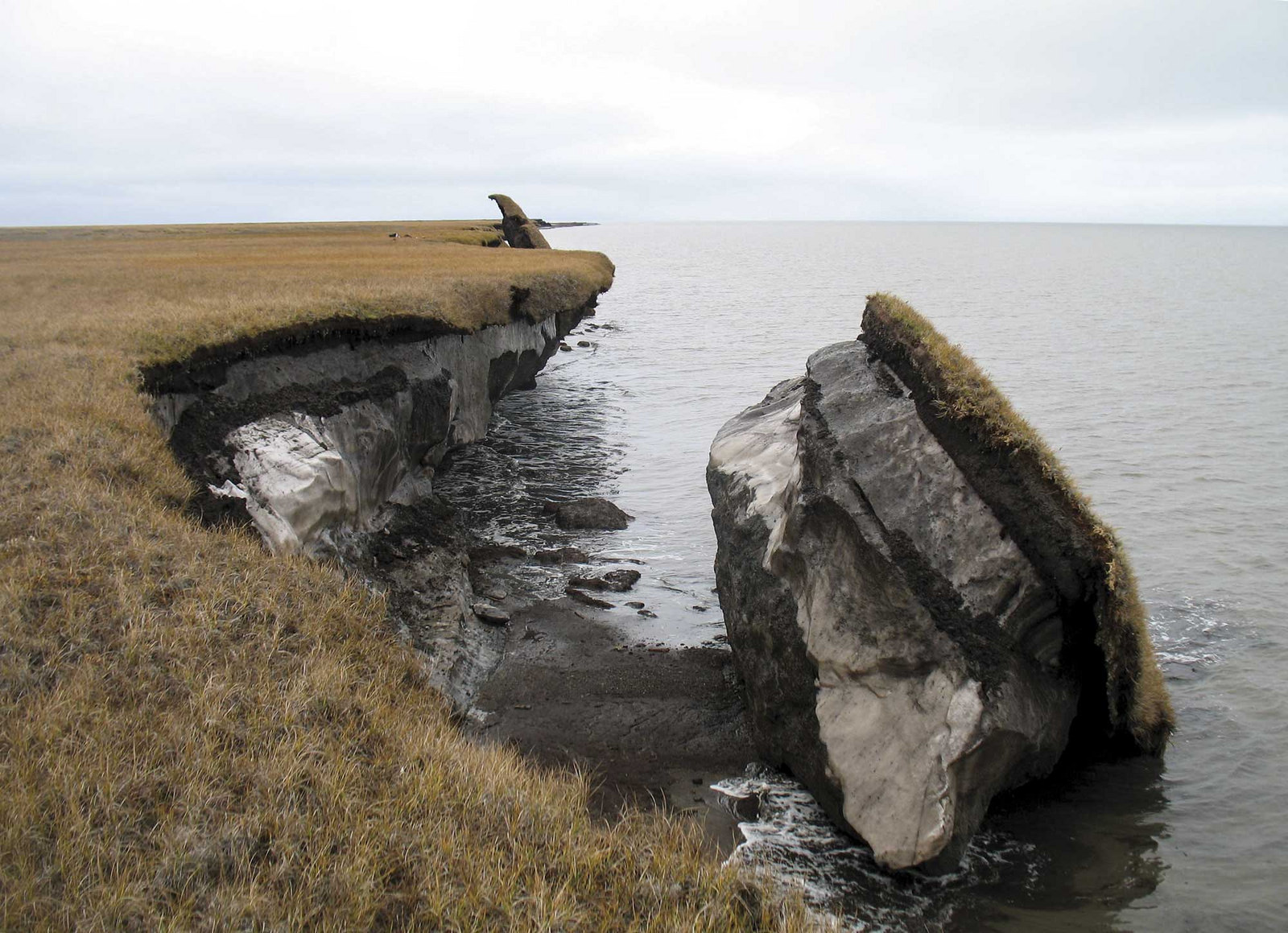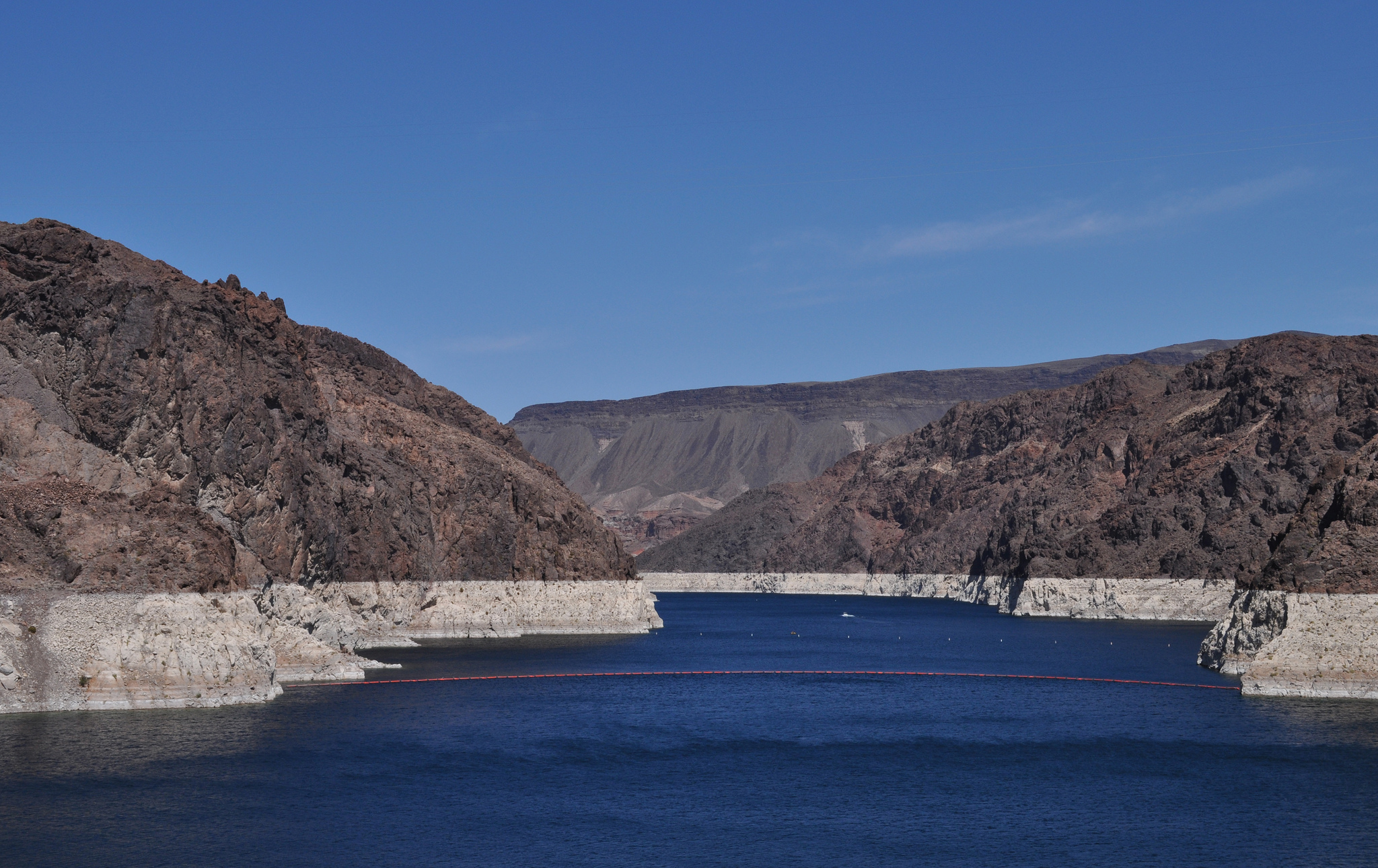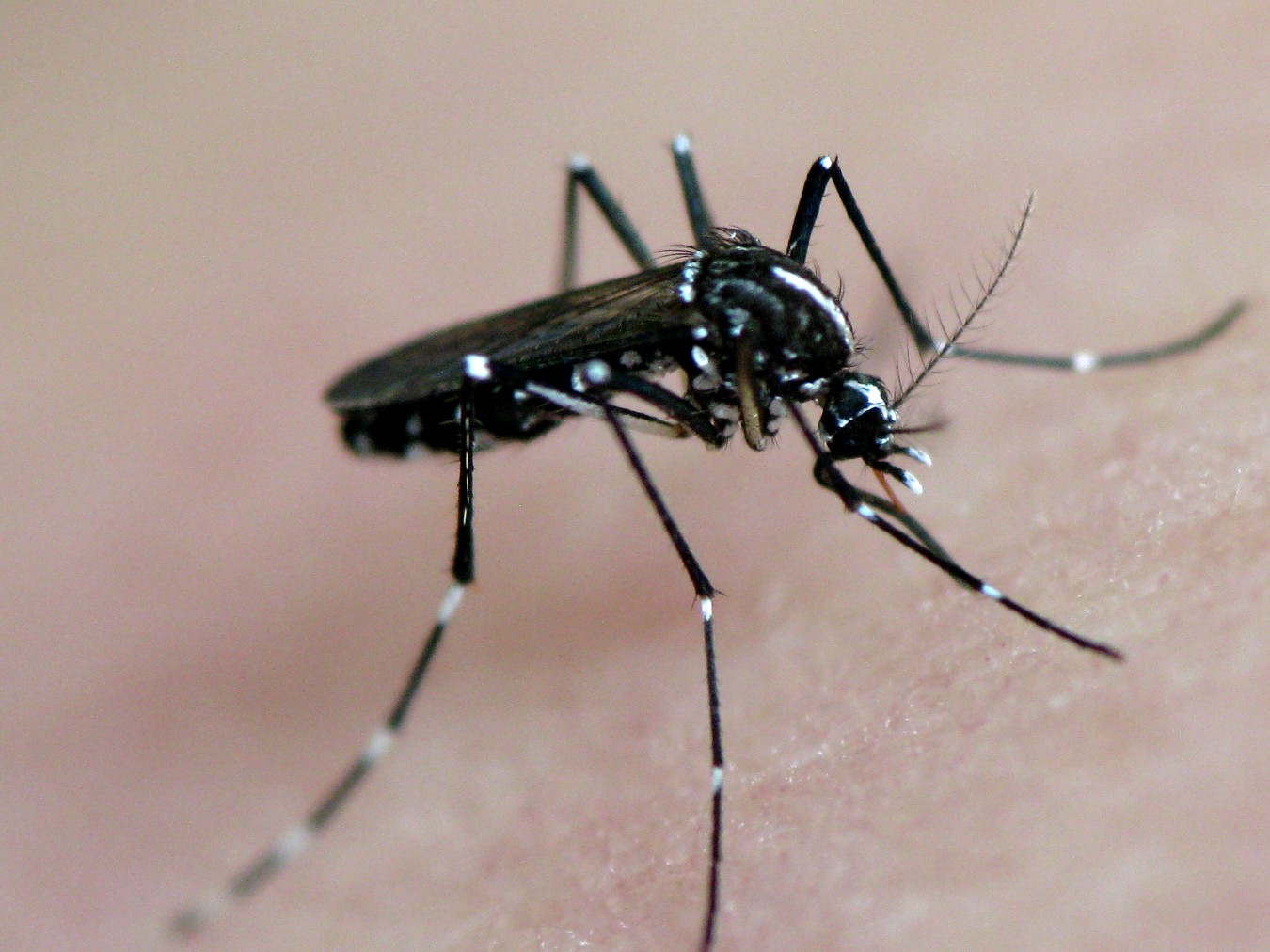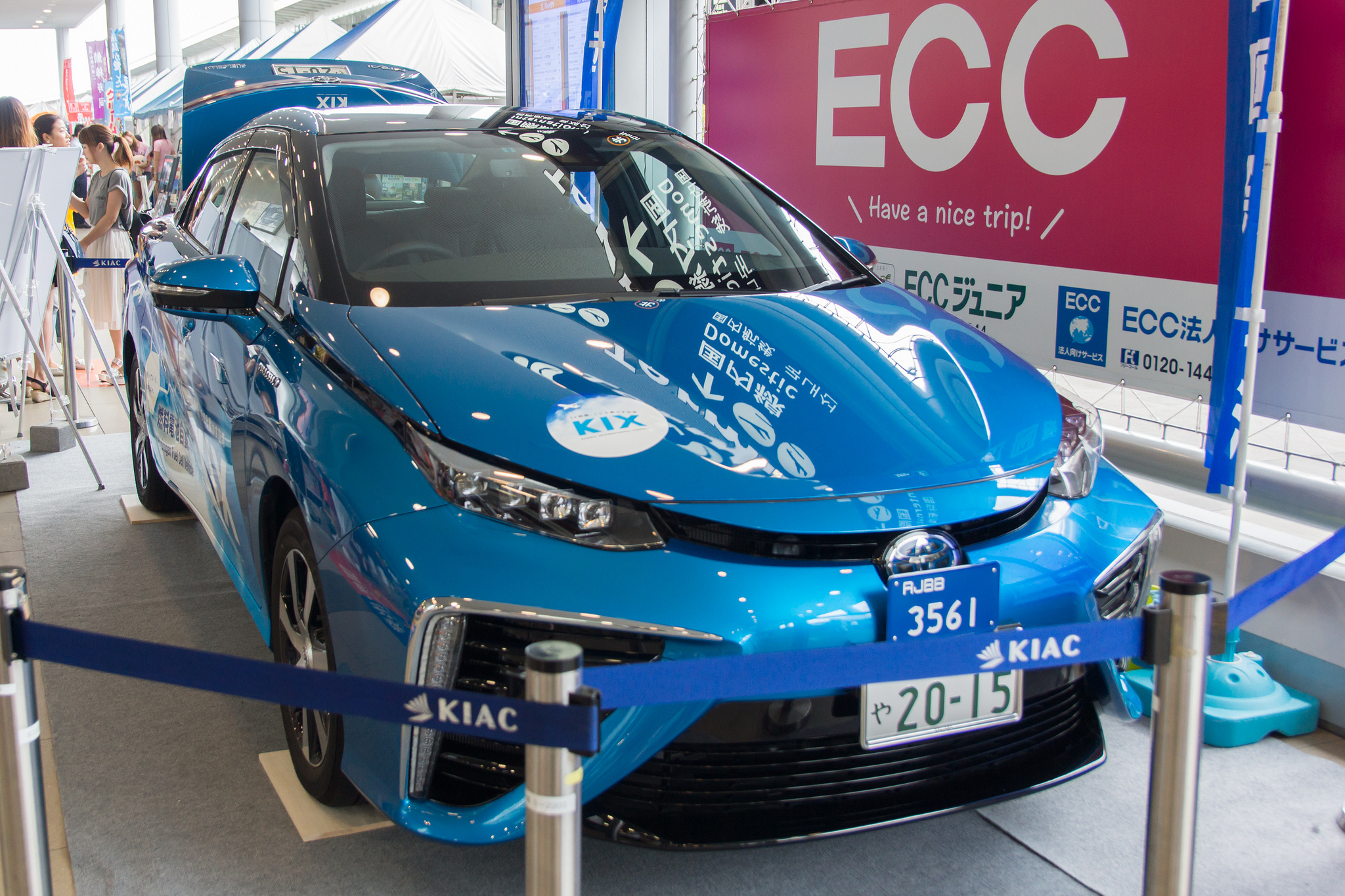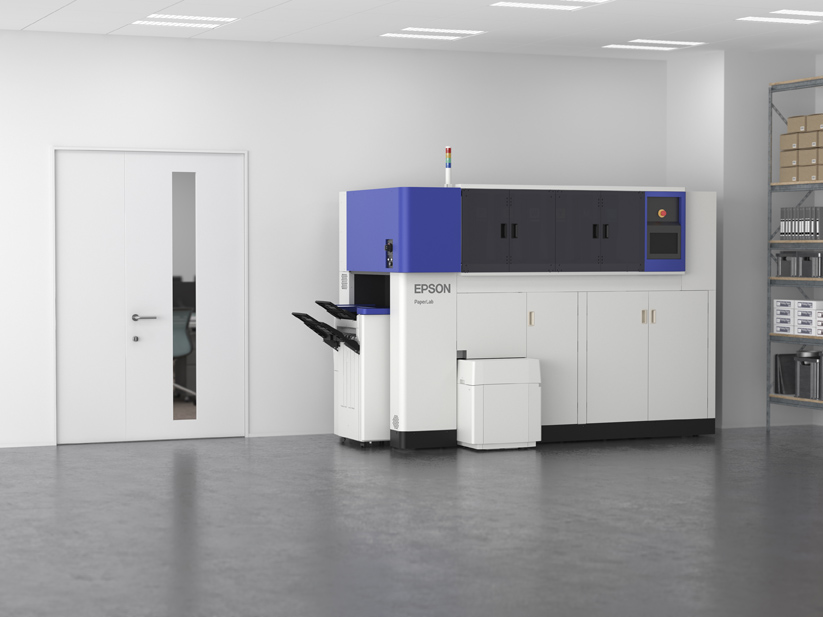japan
PCBs And Killer Whales
PCBs belong to a broad family of man-made organic chemicals known as chlorinated hydrocarbons. PCBs were once widely used in electrical equipment like capacitors and transformers, as well as in paints, dyes, and heat transfer fluids.
Hydrogen Powered Cars
Hydrogen-powered cars are trying to make inroads in the rapidly-evolving automobile market. Several major automakers – including Hyundai, Toyota and Honda continue to invest heavily in the technology while selling a limited number of cars around the world.
Sustainable Whaling?
The hunting of whales in the 19th and 20th Century nearly drove the giant mammals to extinction. By the 1960s, improved hunting methods and factory ships made it clear that whaling could not continue unchecked.
Yet Another Hot Year
This summer has seen record heat in many places and some record-breaking wildfires. In short, it looks a lot like the future that scientists have been warning about in the era of climate change. And still some people continue to argue about whether anything is happening to the climate.
Global Warming And Air Conditioners
All those record high temperatures around the world this summer – such as during the unprecedented heatwave in Japan – put the spotlight on the growing dependence we all have on air conditioning.
Renewable Energy Jobs
According to a new report by the International Renewable Energy Agency, more than half a million new jobs were generated by the renewable energy industry last year, an increase of 5.3% when compared with 2016. The total number of people working in the renewables sector – which includes large hydropower facilities – has now exceeded 10 million people worldwide.
An Accidental Plastic Eater
A couple of years ago, scientists in Japan discovered bacteria at a recycling plant that were breaking down a type of plastic called polyethylene terephthalate, or PET. With the world facing a growing plastic pollution problem, British and American researchers began to study the enzyme that the bacteria were using to try to understand how it works.
CO2 Emissions Stalled
For the third year in a row, global emissions of carbon dioxide have remained unchanged. This indicates that efforts to reduce emissions have had an effect, but that there is much more to be done. It is essential to reduce emissions, not just cap them.
Tsunami And Invasive Species
According to a new study published in the journal Science, scientists have discovered that hundreds of Japanese marine species have been swept across the Pacific Ocean to the United States following the deadly Tsunami in 2011.
More Power From The Sea
The Okinawa Institute of Science and Technology or OIST has been working on ways to generate electricity from the ocean for five years. Their initial project, known as “Sea Horse” uses submerged turbines anchored to the sea floor that convert the kinetic energy of sustained natural currents into useful electricity, which is then delivered by cables to the land. The project has been successful and OIST is now planning the next phase.
Earthquake Warning System
The destructive power of both hurricanes and earthquakes has made headlines in recent times. The slow development of the hurricanes in the Atlantic was monitored for days before they wreaked havoc on Caribbean islands and Florida cities. Earthquakes, on the other hand, occur suddenly and without warning. Except, that isn’t entirely true.
Using Manganese To Transform CO2
Carbon dioxide is not a very popular substance. As a greenhouse gas, it is the chief culprit in climate change and, as such, the world continues to seek solutions for preventing its release in the environment.
Increasing Biological Invasions
Invasive species have been a problem for quite some time. Over the years, we have grappled with – among other things – invasive plants from Japan, zebra mussels from eastern Europe, and Asian fungus that kills off ash trees in our forests.

